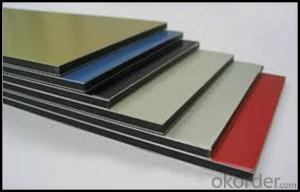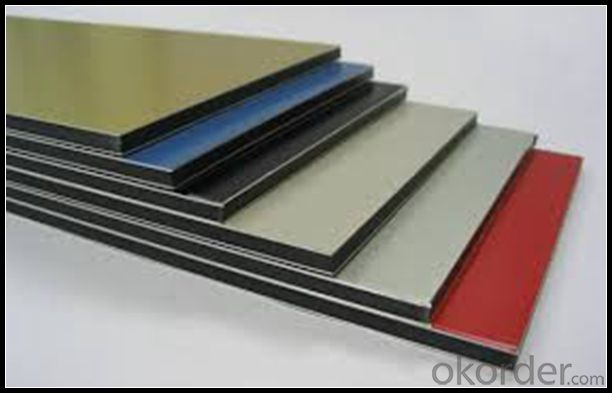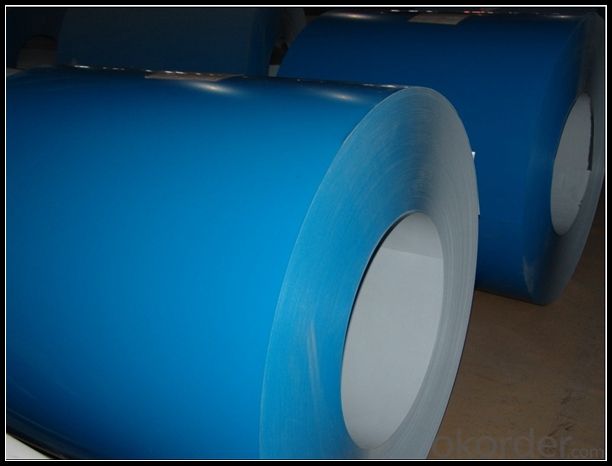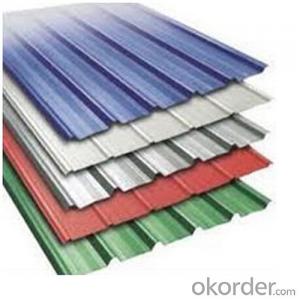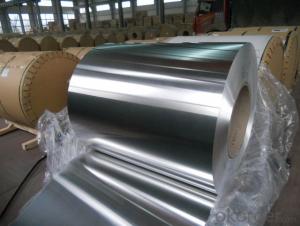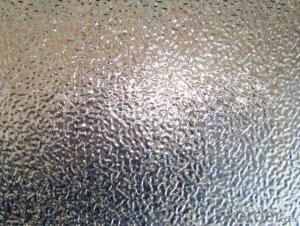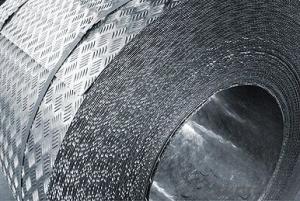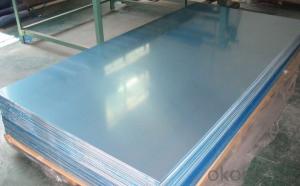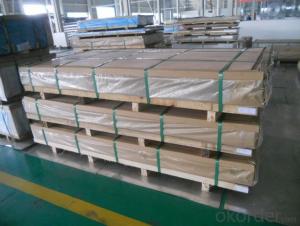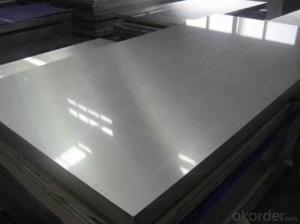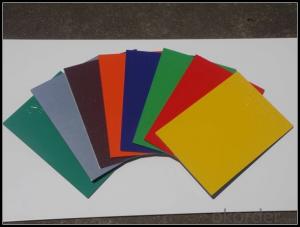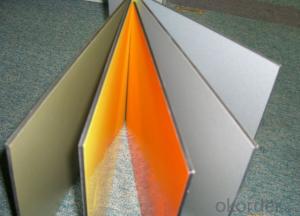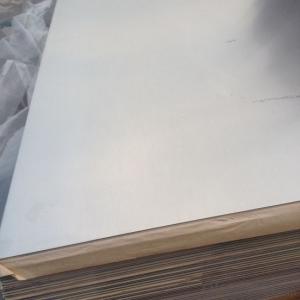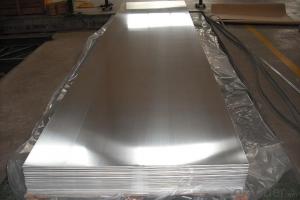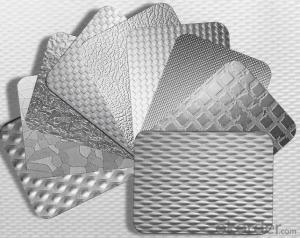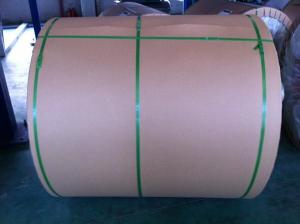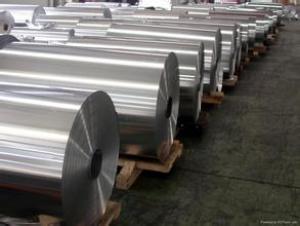Petersen Aluminum Flat Sheets for Painted Aluminum Alloy Composite Panels
- Loading Port:
- Shanghai
- Payment Terms:
- TT OR LC
- Min Order Qty:
- 5 m.t.
- Supply Capability:
- 10000 m.t./month
OKorder Service Pledge
OKorder Financial Service
You Might Also Like
Specification
1. Specification of Painted Aluminum Alloy Sheets for Composite Panels
Alloy Number | AA5XXX |
Temper | H12, H14, H16, H18, H22, H24, H26, H32, HO, F |
Thickness | 0.1mm – 500mm |
Width | 10mm- 2200mm |
Standard | GB/T3880-2006, ASTM, ISO, EU standard |
2. Application of Painted Aluminum Alloy Sheets for Composite Panels
(1).Interior: wall cladding, ceilings, bathrooms, kitchens and balconies, shutters, doors...
(2).Exterior: wall cladding, facades, roofing, canopies, tunnels,column covers , renovations...
(3).Advertisement: display platforms, signboards, fascia, shop fronts...
3. Feature of Painted Aluminum Alloy Sheets for Composite Panels
Surfact Quality :
Be free from Oil Stain, Dent, Inclusion, Scratches, Stain, Oxide Dicoloration, Breaks, Corrosion, Roll Marks, Dirt Streaks and other defect which will interfere with use,
Mechenical Property:
Chemical Composite and Mechanical Property
4. Certificate:
SGS and ROHS(if client request, paid by client), MTC(plant provided), Certificate of Origin(FORM A, FORM E, CO), Bureau Veritas and SGS (if client request, paid by client), CIQS certificate
5. Image of Painted Aluminum Alloy Sheets for Composite Panels
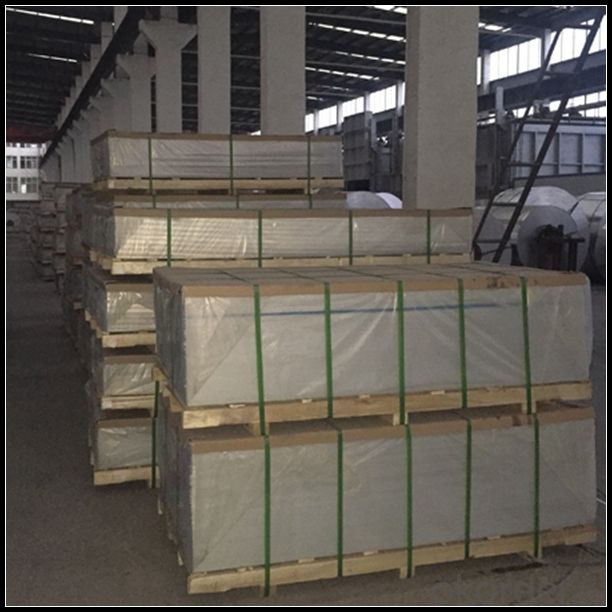
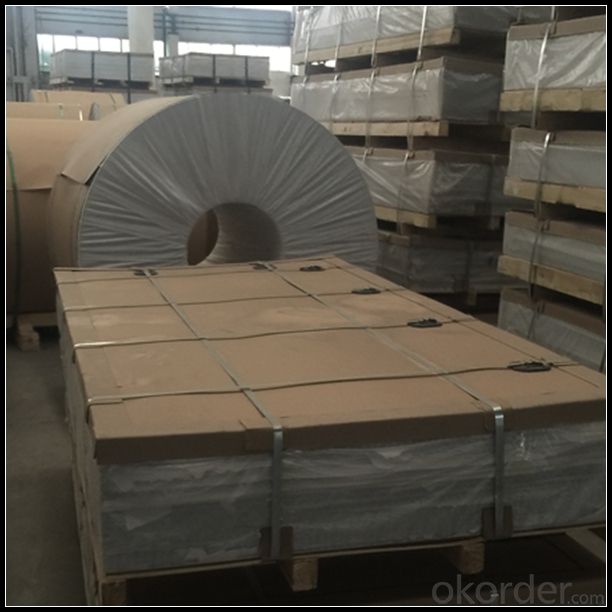
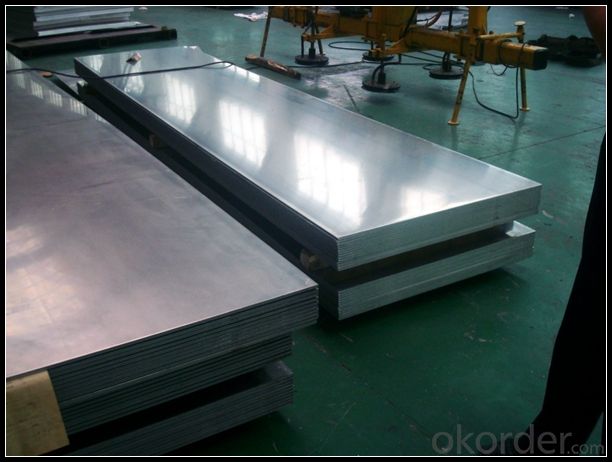
6. Package and shipping of Painted Aluminum Alloy Sheets for Composite Panels
First, plastic cloth with drying agent inside; Second, Pearl Wool ; Third, wooden cases with dry agent , fumigation wooden pallets, aluminum surface could cover blue PVC film
7. FAQ
1) What is the delivery time?
Dpends on actual order, around 20 to 35 days
2)What is the QC system:
We have QC staff of 20 persons and advanced equipment, each production is with MTC traced from Aluminum ingot lot.
3) What market do you mainly sell to?
Australia, America, Asia, Middle East, Western Europe, Africa etc
- Q: What are the different methods for perforating aluminum sheets?
- There are several methods for perforating aluminum sheets, including laser cutting, punching, drilling, and waterjet cutting. Each method has its own advantages and is chosen based on factors such as desired hole size, shape, precision, and production volume.
- Q: Are the aluminum sheets suitable for manufacturing aircraft fuselages?
- Indeed, the utilization of aluminum sheets is appropriate for the production of aircraft fuselages. Aluminum remains a favored selection for aircraft assembly owing to its exceptional strength-to-weight proportion, ability to withstand corrosion, and simplicity in fabricating. Its lightweight nature aids in the reduction of the aircraft's total weight, thereby enhancing fuel efficiency and augmenting payload capacity. Moreover, aluminum exhibits remarkable resilience in enduring the pressures and tensions encountered during flight. Furthermore, it is a readily accessible and economically viable material, rendering it a pragmatic preference for aircraft manufacturers.
- Q: What are the common applications of aluminum sheets?
- Aluminum sheets are commonly used in various applications such as construction, automotive, aerospace, packaging, and electrical industries. They are used for making lightweight structures, including building facades, roofing, and cladding. In the automotive sector, aluminum sheets are used for manufacturing vehicle bodies and parts due to their high strength-to-weight ratio. They are also utilized in aircraft manufacturing for their low density and corrosion resistance. Additionally, aluminum sheets are popular in packaging as they are lightweight and can be easily formed into different shapes. In the electrical industry, they are used for wiring and conductors due to their excellent conductivity properties.
- Q: This question asks for methods to ensure that the connections between aluminum sheets are both secure and resistant to water leakage.
- <p>To ensure that the joints between aluminum sheets are secure and watertight, use a combination of sealants and appropriate fasteners. First, clean the surfaces to be joined thoroughly. Apply a high-quality, waterproof sealant along the joint. This sealant should be compatible with aluminum and resistant to UV, temperature changes, and water. Then, use corrosion-resistant fasteners such as stainless steel screws or rivets to join the sheets. Ensure that the fasteners are tightened correctly to prevent leaks. Additionally, consider using a gasket or a weatherstrip along the joint for added watertightness. Regularly inspect and maintain the joints to ensure ongoing watertight integrity.</p>
- Q: This question asks for methods to determine if a building is utilizing high-quality aluminum sheets.
- <p>To determine if a building is using high-quality aluminum sheets, look for the following characteristics: the sheets should have a uniform and smooth surface without visible defects or impurities. Check for a strong and consistent thickness throughout the material. High-quality aluminum is also resistant to corrosion and should not show signs of rust or pitting. Additionally, the sheets should be lightweight yet rigid, indicating a high strength-to-weight ratio. You can also inquire about the manufacturer's specifications and certifications, as reputable suppliers will provide detailed information about the quality and composition of their aluminum sheets.</p>
- Q: Is it possible to use aluminum sheets for exterior siding purposes?
- <p>Yes, aluminum sheets can be used for siding applications. They are known for their durability, resistance to corrosion, and low maintenance requirements. Aluminum siding is lightweight, easy to install, and can be painted to match various architectural styles. It's also resistant to rot, termites, and fire, making it a popular choice for many homeowners and builders. However, it's important to ensure that the aluminum is of high quality and installed correctly to maximize its benefits.</p>
- Q: Im wondering what type of clutch would be better for my fox body mustang. A aluminum or steal. And why
- aluminum if you are drag racing ( have to learn to feather the clutch a bit) STEEL on the street( easier to keep the fire lit for mere mortals ) course you can use aluminum on the street--most people cant, because you have to be easy with the clutch-but it gives you an excuse why people cant borrow your car
- Q: How do aluminum sheets perform in terms of chemical resistance?
- Good chemical resistance properties are typically found in aluminum sheets. However, their performance may vary depending on the specific chemical environment and conditions. Aluminum is known for its excellent resistance to corrosion from most acids, alkalis, and organic solvents. It creates a protective oxide layer on its surface, preventing further reaction with numerous chemicals. Nevertheless, aluminum can corrode in certain aggressive environments, such as strong acids like hydrochloric acid or sulfuric acid, as well as alkaline solutions with high pH levels. In these instances, the protective oxide layer can deteriorate, leading to the degradation of the aluminum surface. Furthermore, localized corrosion or pitting can occur on aluminum surfaces when exposed to certain chemicals like mercury and specific salts. Therefore, it is important to consider the specific chemicals and concentrations to which the aluminum sheets will be exposed when evaluating their chemical resistance. Various surface treatments, coatings, or alloys can be applied to enhance the chemical resistance of aluminum sheets. These modifications offer additional protection against specific chemicals or environmental conditions, further improving the overall chemical resistance properties of aluminum sheets. In conclusion, aluminum sheets generally possess good chemical resistance. However, their performance can be influenced by the specific chemical environment and conditions. It is advisable to assess the compatibility of aluminum with the intended chemicals and consider appropriate surface treatments or coatings if necessary.
- Q: Are aluminum sheets suitable for solar reflectors?
- Yes, aluminum sheets are suitable for solar reflectors. Aluminum is widely used in the construction of solar reflectors due to its high reflectivity and durability. Its reflective properties allow it to efficiently redirect sunlight onto a solar panel or other solar devices, optimizing energy absorption. Additionally, aluminum is lightweight and corrosion-resistant, making it an ideal material for outdoor applications. Its affordability and ease of fabrication also contribute to its popularity in the solar industry.
- Q: What are the different methods of surface passivation for aluminum sheets?
- There are several methods of surface passivation for aluminum sheets, including anodizing, chromate conversion coating, and organic coatings. Anodizing involves creating a protective oxide layer on the surface of the aluminum through an electrochemical process. Chromate conversion coating is a chemical treatment that converts the aluminum surface into a thin chromate film, providing corrosion resistance. Organic coatings, such as paints or lacquers, can also be applied to aluminum sheets to provide a protective barrier against moisture and other environmental elements.
Send your message to us
Petersen Aluminum Flat Sheets for Painted Aluminum Alloy Composite Panels
- Loading Port:
- Shanghai
- Payment Terms:
- TT OR LC
- Min Order Qty:
- 5 m.t.
- Supply Capability:
- 10000 m.t./month
OKorder Service Pledge
OKorder Financial Service
Similar products
Hot products
Hot Searches
Related keywords
